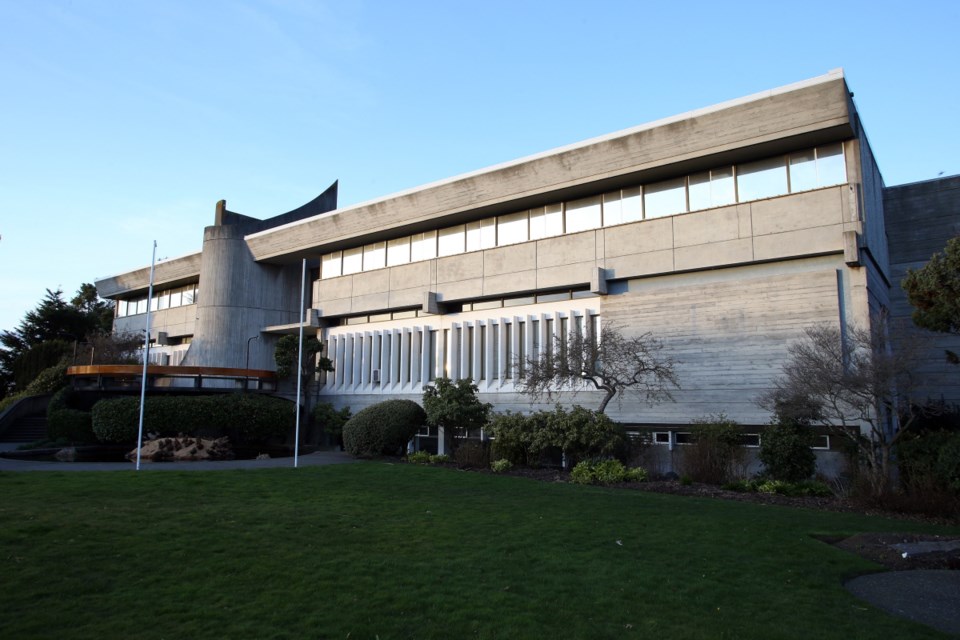Saanich taxpayers are likely to see a 3.07 per cent property tax increase for 2018, which is less than the proposed 4.17 per cent in the original draft financial plan.
“It’s been creeping down,” said Saanich Mayor Richard Atwell.
Based on the average assessed value of $878,432 for a Saanich residence, it means an increase of $77.61 in property taxes compared to 2017.
The municipality would collect $4.6 million more in taxes than 2017, with 1.93 per cent of the hike going to municipal and police operations, 0.91 per cent for capital and infrastructure replacement and 0.23 per cent to the Greater Victoria Public Library.
To bring down the proposed tax hike, council recommended reducing the police department’s proposed increase and rejected a proposal to scrap a seniors recreation centre discount of 25 per cent for those aged 60 years and older.
“Council is ever mindful of the ability of taxpayers to accept increases,” said Atwell. “Given the pressures of the cost increases we see from labour from the collective agreements, we feel we have brought it down to a reasonable level that is supportable and hopefully will be accepted.”
The budget bylaw will go to first reading this month in preparation for final adoption of the financial plan and tax rate bylaws. That is scheduled for May 7.
The increase originally requested by the police department was 4.36 per cent but council decided it was not willing to fund more than 3.81 per cent, said Atwell. He added that the police budget is about 90 per cent labour based, which could result in a loss of positions.
Saanich Police Chief Bob Downie has noted that a 3.81 per cent increase is $265,580 less than the full budget submitted and would result in the elimination of three positions, the summer student program and leave two proposed regional police positions unfilled.
The police board recommended that council fund the summer student program through a one-time funding surplus.
Atwell says the municipality is always looking for revenues, much of which is based on development, to offset tax increases. “Building is a volatile business,” he said.
The more streamlined a municipality’s development processes can be, the more building that can be done and revenue achieved, he said. “Saanich is on a path to improving many of its processes and shortening the time it takes to get those approvals done which will put more money in [the municipality’s] pockets.”
Atwell pointed to Victoria, which was challenged in past years by commercial property vacancies, but is now seeing a building boom, providing a buffer to ongoing inflationary costs.
Saanich is “largely built up”, he said. “We’re not building subdivisions anymore like we used to, we’re putting in large buildings like Uptown — the next large complex like that is University Heights.”
That plan would see the shopping centre’s Home Depot remain untouched, and the other anchor, Save-on-Foods, stay where it is, with the rest of the mall rebuilt and a new residential structure of 350 units constructed along Cedar Hill Road.
The development of the Uptown buffered Saanich through the economic downturn of 2008, said Atwell.



